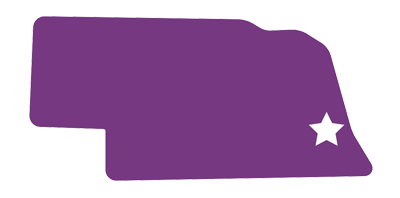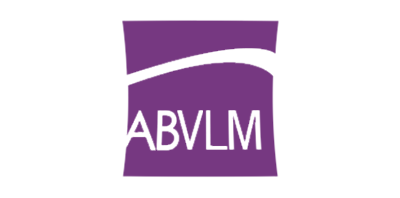About Venous Disease
Understanding Superficial Venous Reflux
Your legs are made up of a network of veins. Healthy leg veins contain valves that open and close to assist the return of blood back to the heart. Venous reflux disease develops when the valves that keep blood flowing out of the legs and back to the heart become damaged or diseased. This can cause blood to pool in your legs and lead to symptoms such as pain, swelling, swollen limbs, leg heaviness and fatigue, skin changes and skin ulcers, and varicose veins.
Normal Vein Function
Normally, veins are thin-walled blood vessels that return blood to the heart after arteries deliver oxygenated blood to an area. In the legs, thigh and calf muscles “pump” blood back up to the heart with the help of valves that allow one way flow back to the heart against the pressure of gravity. The most common cause of varicose veins is the failure of the valves that then allows gravity to reverse normal vein flow and causes the thin walled veins to bulge and become varicose.
Varicose Veins
Varicose veins are enlarged veins that result from failure of valves to prevent back pressure in the venous system. The back pressure results in symptoms of tired aching legs, local discomfort and swelling, usually progressively worse as the day goes on. Nocturnal leg cramps are common. Compression hose can help symptoms but do nothing to cure the underlying cause. Effective treatment usually eliminates symptoms as well as the varicosities themselves. Untreated, venous disease always worsens over time. Complications include possible blood clots (thrombosis), inflammation (superficial phlebitis), swelling, skin injury and open sores (ulceration).
Causes
Heredity is the main factor. If one or both parents have significant varicose vein problems, their children have a 50-80% incidence of significant varicose vein problems. This genetic disposition can lead to later problems even after effective treatment. Hormonal influences: Female hormones contribute to varicose vein problems—thus the predominance of the problem in women. Pregnancy: Pregnancy causes increased hormones and blood volume; which, in turn, contributes to varicose vein problems in as many as 60% of pregnant women in the first trimester. About 1/3 of these patients will have varicose vein problems after delivery. Obesity, occupations involving prolonged sitting or standing and previous trauma are less important factors.
Spider Veins
Spider veins are fine, dilated veins in, or just below, the skin surface. They may appear reddish in color (telangectasias) or bluish (venulectasias). They are often associated with larger abnormal veins beneath the surface. Ultrasound evaluation is frequently indicated to rule out underlying abnormal veins that would require treatment first to allow later effective treatment of the spider veins. Spider veins most commonly appear on the legs, but can also develop on the face and in other areas. Fine vessels secondary to rosacea may result in red appearance of the face and nose.
Why?
Heredity and hormones. Spider and varicose veins have a strong relationship to heredity—to the point that if both your parents have varicose veins, the likelihood that you will develop similar problems is about 80%. Pregnancy, hormone medication and normal hormonal cycles of estrogen and progesterone appear to increase the incidence of spiders—thus, they are much more common in women than men. Spider veins on the face can be the result of a dermatologic condition called Rosacea. This is a chronic inflammatory condition that may cause development of fine red blood vessels.
Symptoms
Spider veins may cause complaints of burning, itching and local discomfort. Support stocking and exercise are helpful for symptoms but do not affect the appearance or development of spider veins. Spider veins are generally not considered a health hazard and as a result are considered primarily a cosmetic problem.
Treatment Options
Injection sclerotherapy is a long established and still the most effective treatment for spider varicosities, especially in the legs. Laser treatments are often quite effective for facial spiders, as well as small areas of “red” spiders on the legs. Because of anatomic variations (such as variable sizes, skin depth, underlying larger veins), laser treatment is generally not as effective for spiders. Veinwave™ is a new, very effective complement to sclerotherapy in the knee and ankle area, and is the treatment of choice for facial spider veins.
Treatment Options
Why choose Totally Vein?

We were the first practice in Nebraska to specialize exclusively in vein care.

Years of Vein Treatment Experience
Request A Consultation
To request an appointment, please call 402-934-6996 or visit our contact page.


